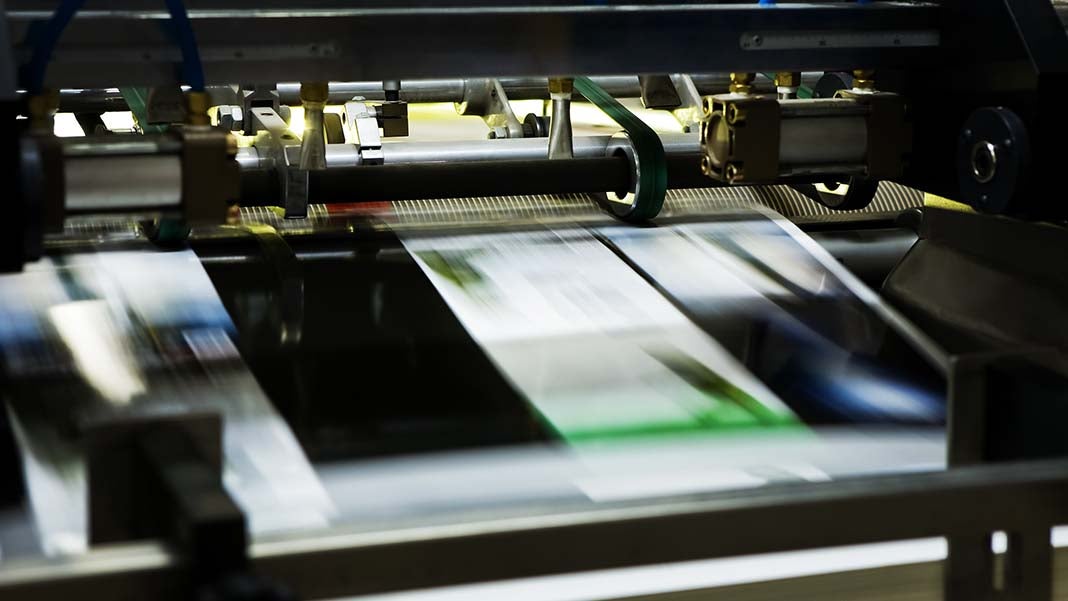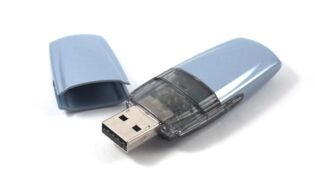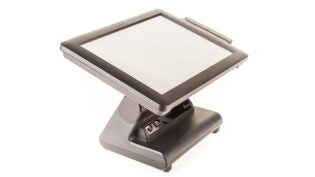Offset vs. Digital Printing: Which Option is Best for You?
By: SmallBizClub

High quality printing has never been more accessible to people than it is today. What was once only wholesale printing for businesses with super large budgets, is now being used as an everyday marketing tool to lift company’s brands and produce high-quality materials. Savvy marketing professionals today understand that the printing industry still plays a powerful role in connecting with customers. And the way you put your brand in front of these people matters.
Despite the challenging competition from online media, the digital printing industry boasts strong growth over the last few years. Now, modern-day printing techniques are increasing printing company’s flexibility to be cost-effective, fast-paced, creative and of excellent quality. Both offset printing and digital printing have paved the way to sending effective messages through your business brand to potential clients. But when it comes down to the crunch, which one is better?
Offset Printing
Offset printing has always been regarded as the highest print quality of the two. It’s the go-to method for everything commercial—magazines, newspapers, catalogues, and other high volume marketing materials. The printing process involves transferring (offsetting) the ink from a plate to a rubber blanket, then to the paper. It utilizes the lithographic method—a process based on the repulsion of oil and water. Sections on the plate that are receptive to grease hold the ink, whilst other areas attract the water and repel the ink.
Digital Printing
On the flip side, digital printing is more practical for everyday printing needs. This technique is designed for short runs to keep costs down. As the name suggests, its method involves sending an image direct to the printer via a digital file to print. This eliminates the need for the printing plates used in offset printing, which helps create a faster turnaround time. Digital technology is consistently being worked on to improve printing quality for the most cost-effective price.
Full Color vs. Spot Color
Full color (CMYK) can be achieved by both printing methods whereas spot color, also known as PMS/Pantone printing, is only available in offset. If you’re looking for something a little fancier when it comes to burins branding, this is where offset printing shines. Think back to those bold, metallic-looking business cards you were given at the last networking event, or those posters with vibrant colors and raised graphics that are visually exiting—those were done with offset. They look better than digital printing because these colors simply can’t be achieved as effectively in CMYK.
However, if you want to use plain white ink on color, transparent or metallic paper, you’re better off using digital printing. Offset printing delivers unparalleled color accuracy compared to digital printing, with a wider range of inks but photo images are always printed in full color / CMYK.
Printing Job Size
Your print run should determine whether you go with offset or digital printing. Most digital machines can only print up to A3, but offset can print larger sizes up to A1 and A2. For business card runs that don’t require the use of spot colors, it’s more cost-effective and practical to go with digital. This is because you can run multiple cards on the sheet. An average size business card (90x55mm) fits 21 on an A3 sheet, which means 2,000 cards can be printed on less than 100 sheets.
As a general rule of thumb, printing jobs less than 500 A4 sheets are best for digital printing. Anything more, you’ll want to go with offset. The unit cost will go down with offset printing as the quantity goes up. Digital printing performs at its peak when it’s utilized for short print runs.
Pay Attention to What You’re Printing and When
The printing medium can help to decide which method is best too. Offset printing is more suitable when the same image is being printed repeatedly. Invoices and letterhead on a large print quantity scale should use offset, whereas multipage brochures and booklets where the image is different should utilize digital unless you need quite a large quantity.
If time is an issue and you need something fast, digital printing will rule over offset. Digital printing will also offer the most affordable way to personalize marketing materials like direct mail pieces or letters.
Printing materials become the face of your business and thus shouldn’t jeopardize on quality. Your choice will depend on the specific requirements and volume demands of the job, budget and time schedule. These days, most reputable printing shops are better equipped to deal with almost any printing task. Quality printing techniques like offset and digital are a key player in the marketing industry and make promotional materials and business branding more effective than ever.
Author: This article is written by Jayde Ferguson, who writes for G Force Printing – a Perth based printing company with over 20 years’ experience specializing in design and print services to make business brand stand out from its competitors. You can catch her on Google+.
3486 Views












